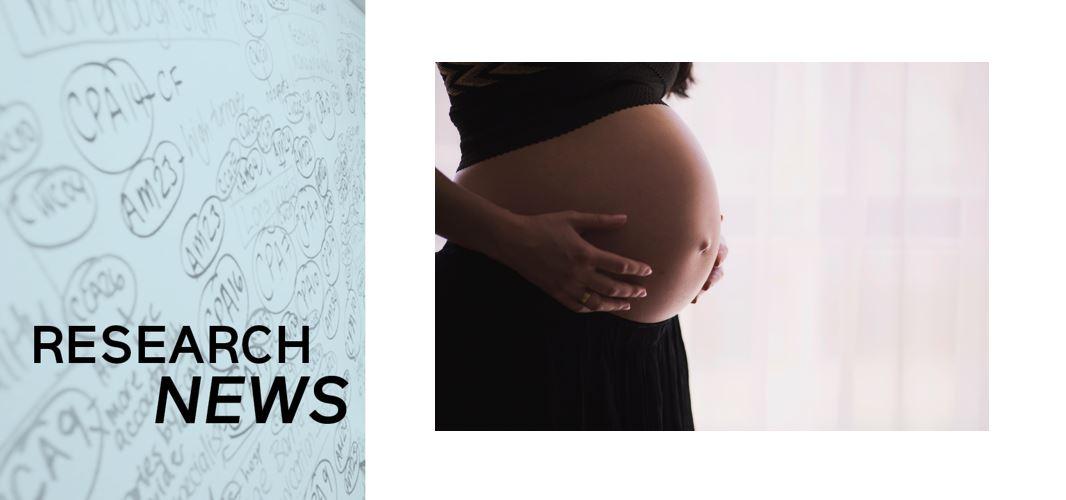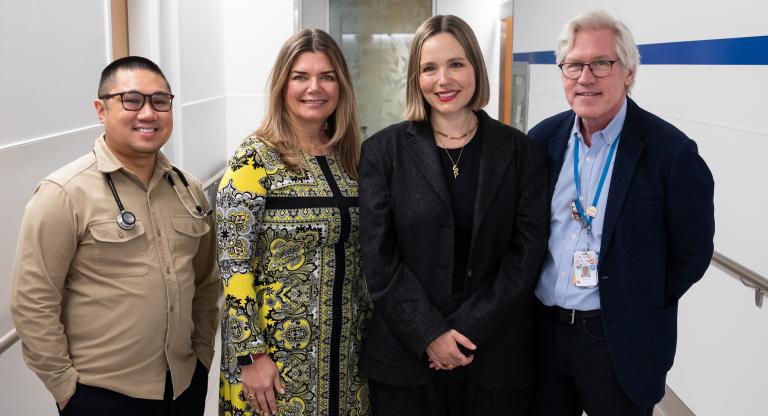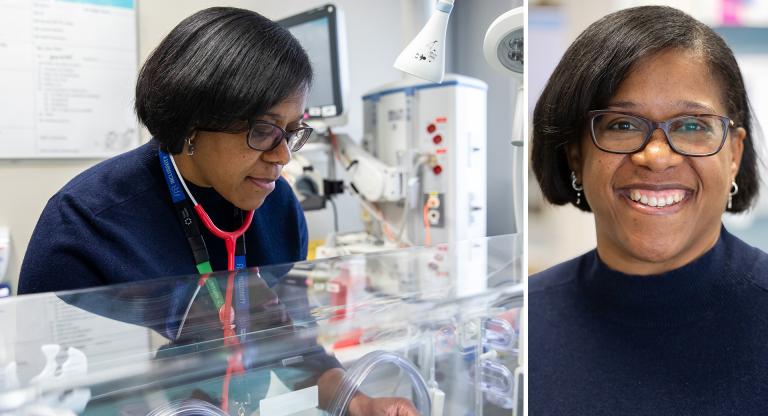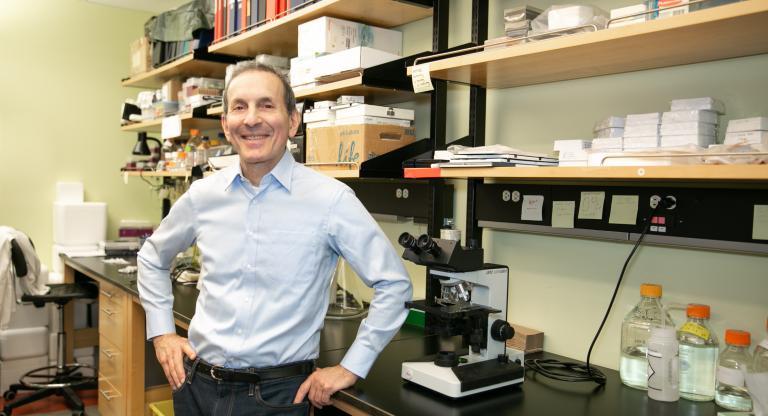Three new studies impact neonatal care at home and abroad
Image

Dr. Prakesh Shah, neonatologist and clinical epidemiologist at Mount Sinai Hospital and Director of the Canadian Neonatal Network and the International Network for Evaluation of Outcomes of Neonates (iNeo) and Dr. Kellie Murphy, an obstetrician and maternal-fetal medicine specialist have had a busy few months. Dr. Shah has led two new studies that have been published in prominent international journals that will have an effect on, and shape the care of infants across the globe. He has also collaborated with Dr. Kellie Murphy and investigators from Sickkids on a randomized trial in pregnant women in Dhaka, Bangladesh.
- The Canadian Journal of Physiology and Pharmacology published a study by Dr. Shah and Dr. Shoo Lee, that reported on the sustainability of various quality improvement measures that were implemented in NICUs across Canada as a result of their leadership. As a result of the measures, complications such as infections and necrotizing enterocolitis (a critical intestinal disease in tiny newborns) improved and a higher number of newborns were discharged without complications of prematurity. This new study showed the quality improvement interventions were sustainable over a five year period
- Pediatrics published a study that included the largest set of premature triplets studied in the world, specifically to compare the neonatal outcomes of very preterm triplets with those of singletons. The study found that there were no significant differences in mortality or morbidity between triplets and singletons of same gestational age and sex.
- The New England Journal of Medicine (NEJM) published a study that looked at women in Bangladesh who had limited exposure to sunlight, a source of vitamin D, and the outcome of weekly prenatal and postpartum vitamin D supplementation. While no effects on growth were noted, an increase in vitamin D levels for both mother and infant were found.
Find another story:












